WASTED
WORLD
HOW OUR CONSUMPTION
CHALLENGES THE PLANET
ROB HENGEVELD
THE UNIVERSITY OF CHICAGO PRESS
CHICAGO AND LONDON
ROB HENGEVELD is affiliated with the Faculty of Earth and Life Sciences, Department of Animal Ecology at vrije Universiteit, Amsterdam, where he was an honorary professor, and with the centre for Ecosystem Studies at Wageningen UR.
The University of Chicago Press, Chicago 60637
The University of Chicago Press, Ltd., London
2012 by The University of Chicago
All rights reserved. Published 2012.
printed in the United States of America
21 20 19 18 17 16 15 14 13 12 1 2 3 4 5
ISBN-13: 978-0-226-32699-3 (cloth)
ISBN-10: 0-226-32699-3 (cloth)
ISBN-13: 978-0-226-32701-3 (e-book)
Library of Congress Cataloging-in-Publication Data
Hengeveld, Rob
Wasted World : how our consumption challenges the planet / Rob Hengeveld.
p. cm.
Includes bibliographical references and index.
ISBN-13: 978-0-226-32699-3 (cloth : alk. paper)
ISBN-10: 0-226-32699-3 (cloth : alk. paper) 1. NatureEffect of human beings on. 2. populationenvironmental aspects. 3. Waste products Environmental aspects. 4. Waste minimization. I. Title.
GF75.H45 2012
304.28dc23
2011025255
 This paper meets the requirements of ANSI/NISO Z39.481992 (Permanence of Paper).
This paper meets the requirements of ANSI/NISO Z39.481992 (Permanence of Paper).
To Claire, who asked me to write this book, and to
Eke, Sytse, and Ilona, who have to live with it
CONTENTS
INTRODUCTION
WHAT IS THIS BOOK ABOUT?
This book is about problems principally arising from too many people living on Earth. It is not optimistic in its contents or in its conclusions. As a warning, it has its dark side, telling of the threat to the future the present contains. It is bleak in its descriptions of depleting and wasting our resources; of famines and widespread disease; of uprooting age-old social relationships, customs, and civilizations; of desperate wars being waged for the remaining resources. But it does have a lighter side: there is hopeif we humans take the right measures. We need to reduce our numbers drastically, and soon. Though this is difficult, it is doable if we not only know but also understand whats happening. This book aims to give you that understanding, the insight you need.
One set of problems concerns the exhaustion of resources, and another the generation of waste. This book explains not only how these problems arise but also how they interconnect and what to do about them. Of course, if they arose solely from there being too many people, taking countermeasures, however difficult this would be, would still be relatively simple. But matters are more complicated than the number of people getting too large. Problems also arise from the high standard of living experienced by only the rich part of the worlds population, a quality that has to be spread more evenly across the poor part as well. Yet other problems result from the way we use our energy and material resources; their utilization should be organized less wastefully.
People often opt to analyze and solve problems one at a time, but apart from the advantage of keeping things simple, this has disadvantages when the problems are interconnected. For example, most books on global trends in the environment concentrate on climate warming, on salinization, or imminent food or energy shortages, but hardly any of them give a comprehensive overview of the various trends. In this book, I want to give such an overview by discussing a whole suite of problems and showing how they are interconnected, either directly or because they share a common cause: the huge number of people on Earth. Leaving out certain problems will affect our understanding and thus reduce the efficacy of any measures we take to deal with them.
In fact, rather than being a closing entry to balance the budget, the environment is basic to demographic and economic processes on a large scale. The worlds demographic makeup is the result of the socioeconomic system we have built over the millenia and also its driving force. The system provides our food, basic materials, housing, and clothing; facilitates the flow of food and materials; and makes our lifestyle comfortable. Not only has it grown, it has also diverged from processes normally found in nature. As such, it remains a special form of ecology: the ecology of humans. We have to look at all these issues in their totality and in their historical context. We need to work from an overall view.
While working on these problems, I came to realize not only that many of the processes now going on in our global environment are interconnected but also that they all lead to the same result: a shamefully wasted world. These are processes that may threaten the future of humanity. And worst of all, the threats seem to be converging. Cataloguing a whole suite of interconnected, coinciding problems in our earthly environment can easily give a bleak picture of the future. This is certainly not my intention, though its inevitable, given the nature and urgency of the problem.
Increasingly, we are understanding more about the world around us. And our growing understanding enables us to increase our mastery over our world, with the result that major innovations are spreading across the world improving the living conditions for millions. Although this has its price, the price tag is up to us. If we dont take the right measures, the price will be enormous: the world and any possibility of further progress will go to waste. We will waste our future and all we have achieved so far.
HOW ARE THINGS GOING WRONG?
All the resources on Earth could not possibly sustain life in all its abundance and diversity for a single year, let alone for the almost four billion years that life has already existed. Instead, the waste generated by one organism always becomes the food of another, this food results in the waste of the next organism, and so on, until the first organism finds the nutrients again in one form or another as its food. The continual reuse of resources is essential if life is to be sustained for any length of time. Life has developed not only the variety and diversity of species we see around us but also the cycles for longterm sustainability. These cycles have turned resources into waste, waste into resources, these resources again into waste, and again and again for billions of years and, hopefully will do so for another four billion years, after which conditions in the solar system will have deteriorated too much for life on Earth to keep going any longer. We are now living roughly halfway along this path, at lifes zenith.
Within these broad cycles of material use, each organism feeds on another one. Even plants do this by living on gases expelled into the air by other organisms, such as animals, and from other nutrients left as excrement in the soil or released when organisms die and decay. Using sunlight as their energy source, plant life is the ultimate motor for keeping the nutrient cycles going. Or, to put it another way, the energy from the sun keeps those cycles in perpetual motion.
Humans, together with all other organisms in their environment, are part of these global nutrient cycles. For most of their existence on Earth, human beings have lived as part of the great cycles of nature, eating some species and being eaten by others. They never stood apart. However, gradually, humans began to dominate as a species, using more than their share of resources and generating much waste. Humans also found other sources of energy and nutrients, could cope with many diseases and parasites, and were seldom eaten by other species. The number of humans grew and grew. Humans began to change their environment by clearing the forests, irrigating the soil, and exhausting its nutrients. The present deterioration of the natural environment is therefore not newit is age-old. The relatively recent huge growth in the human population has accelerated the rates of resource use and waste generation to an excessive degree. These excessively high rates strained the cycles until they finally broke downa process that took only a couple of centuries to happen.
Next page
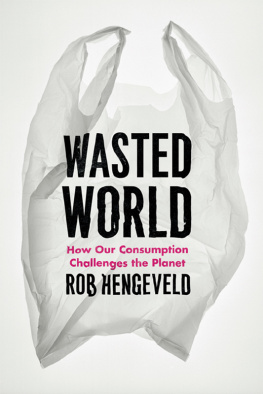

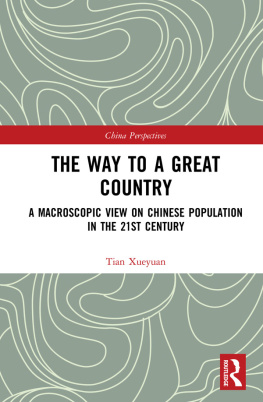
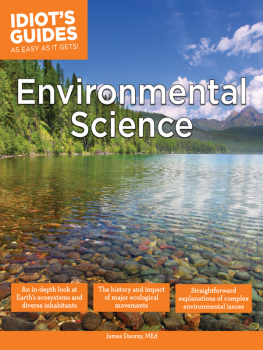

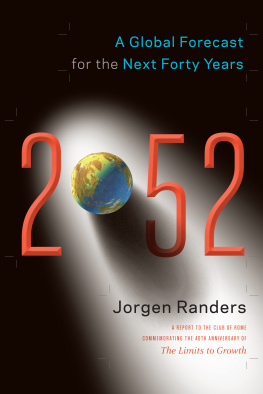
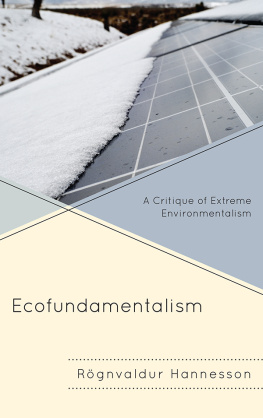
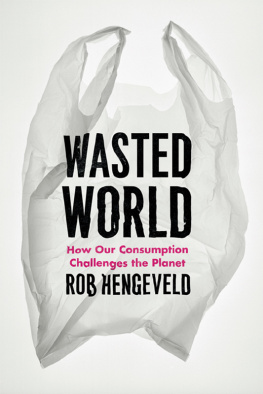
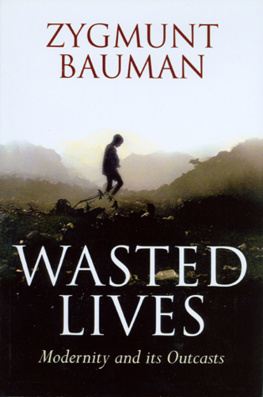
 This paper meets the requirements of ANSI/NISO Z39.481992 (Permanence of Paper).
This paper meets the requirements of ANSI/NISO Z39.481992 (Permanence of Paper).